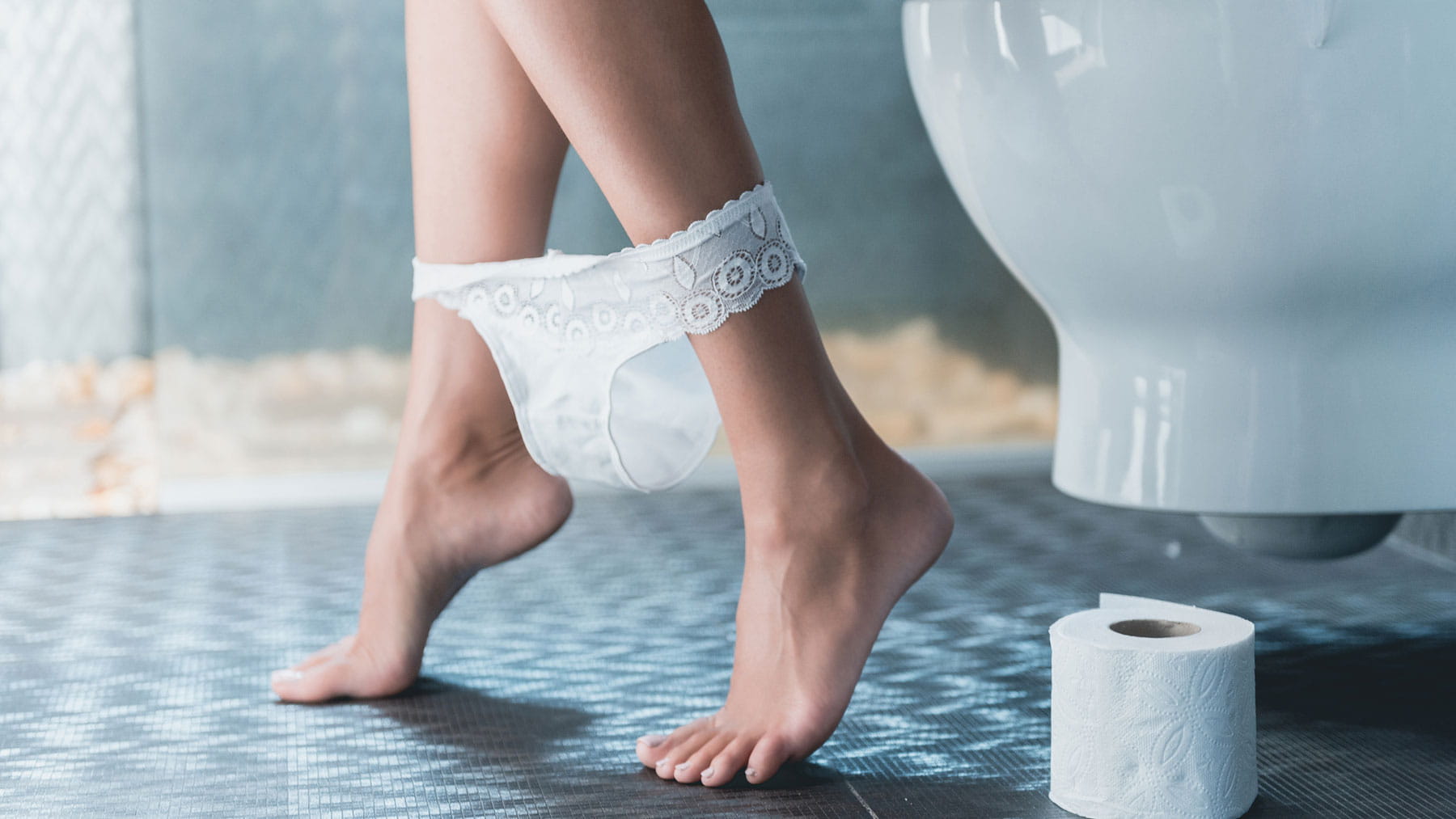Women: Don’t hover over the toilet seat

Being wary of coming into contact with germs is generally a good thing, with one notable exception for women: We should not hover over toilets when urinating.
Did that surprise you? It’s something most of us have done, yet nobody really wants to talk about it. Why is “hovering” not a good idea?
Squatting over instead of sitting down on the toilet can change the mechanics of urinating; over time that can increase the risk of lowering urinary tract symptoms including pelvic floor dysfunction and infections.
Let me explain.
I'm part of the pelvic health physical therapy team at The Ohio State University Wexner Medical Center. We are specialty trained to assess the musculoskeletal system in relation to bowel, bladder and sexual function, with an emphasis on the pelvic floor.
The pelvic floor is a group of muscles that constitute part of the “core” located at the base of the pelvis – the muscles you may be sitting on right now. They work to maintain continence, eliminate urine and stool, support our organs and posture, and enhance sexual function. We use them all the time.
Pelvic floor dysfunction can include muscle weakness, over-activity and discoordination. Symptoms we can experience but sometimes consider “normal” present differently. Do you ever leak urine with a cough or sneeze? Do you struggle to make it to the restroom in time? Do you have to keep going back to pee? Do you have discomfort before, during or after you urinate? Do you feel like you have a tampon in even though you don’t? These conditions affect a lot of people.
When you hover, your hips have to hold you in midair. If you’re in a partial squat, it doesn't allow the full excursion for urine to flow. The path of urine is impaired, and it’s not as open. The stream can change; that’s when we may develop habits to empty all the way like straining and bearing down. That extra force can be damaging to the body.
Also, if we do not empty the bladder sufficiently, that residual urine can create bacteria that increase risk for urinary tract infections. That extra urine also can contribute to incontinence.
We often wonder why women hover over the toilet, and we find it’s very situational.
Some women self-perceive that they have a bladder problem, which leads to a toileting behavior. Some women don’t use public toilets. Some go to the bathroom very frequently to avoid the risk of leaking. Some women have specific positions for urine to flow. Some women in other countries have to squat to use the “toilet.”
If you hover over the toilet urinating, I encourage you to consider why. Do you do this at home or just in public? Do you do this for lower toilets or all toilets? Do you have a pain or mobility reason limiting your ability to sit on the toilet?
If the problem is the seat itself, there are ways of modifying it. For instance, you can cover the toilet seat, spray it with sanitizer or get an elevated seat. If the problem is trouble emptying the bladder, try sitting fully and leaning forward over your knees. If the problem is leaking before you can get to the toilet, you can employ breathing techniques to calm down to give you more time. Through pelvic health therapy, we educate behavioral techniques for bladder control and continence in addition to muscle training for support.
One simple technique is not to hurry. We typically tend to rush when we use the restroom, and most of us likely don’t sit long enough to empty our bladders because we’re off to our next task or our children are banging outside the door. Even if you can take 30 seconds to slowly breathe, you may notice better urine flow and protect your pelvis.
If any of the symptoms discussed resonate with you, please talk with your primary medical provider. Help also can be found through specialists in urology or urogynecology in addition to pelvic health. Just remember: Use proper sitting techniques, take your time and breathe. Your body will love you for it in the long run.
Stephanie Bobinger is a clinical specialist in pelvic health at The Ohio State University Wexner Medical Center.




